Bleeding is a risk and warrants taking care, but the reward of this lifesaving medication is great

Sometimes, blood clots are a good thing. They protect you from bleeding too much if you’re injured or have surgery. But sometimes, blood clots form for other reasons, like being on bed rest or in the hospital for a long time, having a weight that’s not healthy for you, being genetically predisposed to blood clots or having a blood clotting disorder. Pregnancy, cancer and estrogen therapy can also put you at a greater risk of forming a clot.
Advertisement
Cleveland Clinic is a non-profit academic medical center. Advertising on our site helps support our mission. We do not endorse non-Cleveland Clinic products or services. Policy
Then, instead of helping, the clots become harmful because they keep blood from flowing through your veins and arteries as it should. And that can lead to some serious stuff, like stroke, heart attack or pulmonary embolism.
Despite their name, blood thinners (also called anticoagulants) don’t actually thin your blood. They work by keeping your blood from sticking together in a clump (clotting). Blood thinners keep a clot where it is and from getting bigger and prevent new clots from forming. They can also allow your body to absorb the clot through the walls of your veins over time.
But because they stop your blood from clotting, you also run the risk of bleeding too much if you cut yourself, get injured or need surgery. So, how do you minimize the risk while reaping the reward?
Blood thinners are indeed lifesaving. According to the National Blood Clot Alliance (NBCA), in the U.S., more than 8 million people currently take them.
Vascular medicine specialist Jay Bishop, MD, explains what to avoid if you take a blood thinner so you stay safe while they work their magic.
Doing anything that can make you bleed is something to seriously consider not doing if you’re on a blood thinner. That means contact sports like hockey, soccer or football, or ones that pose a serious risk of injury if you fall (like skiing, gymnastics or ice skating) are best put on the sidelines. Swimming or walking for exercise are better options.
Advertisement
And if you like to bike, that’s cool, but “Don’t forget your helmet,” reminds Dr. Bishop. Or try a spin class at your local gym.
It’s not just sports, though. Anything that can cause injury and bleeding — even the simplest daily tasks — can be risky business if you’re on a blood thinner, explains Dr. Bishop. So, to prevent mishaps, you should:
Vitamin K helps your body develop and work properly, which is an important job. But it also helps your blood to clot, which means if you’re on a blood thinner, vitamin K could be working against you.
“It’s important to understand drug-food interactions when you’re taking a blood thinner like warfarin (Coumadin®) the most common one,” warns Dr. Bishop.
If you’re taking warfarin, you don’t have to give up foods higher in vitamin K completely. But limiting them in your diet and being consistent in the portions you do eat is important. Changing up how much vitamin K you’re getting each day can prevent warfarin from doing its job.
Green tea also contains some vitamin K, so it’s best to choose another option, like black tea, which doesn’t interact with a blood thinner.
Foods lower in vitamin K include:
“If you’re on some blood thinners, studies show you should also stay clear of cranberry, grapefruit and pomegranate fruits and juices,” advises Dr. Bishop.
Like vitamin K, these all contain compounds that can counteract the good things that blood thinners do. Craving something citrusy? Grab an orange or a glass of OJ instead. Watermelon, apples, bananas, pears and peaches are also safe fruit choices.
Of course, if you drink alcohol, drinking in moderation is always recommended. But it’s especially important if you’re on a blood thinner. Over-imbibing can affect how quickly your blood clots and can increase your chances of falling. Even a simple fall can give you a nasty bruise or could even cause internal bleeding.
People have used herbal supplements for centuries for their healing properties. “But if you’re on a blood thinner, they could do more harm than good,” warns Dr. Bishop.
Advertisement
Research shows that taking certain herbal supplements can make it harder for your blood to clot. And that can make it more likely for you to bleed severely — both inside and outside your body — if you get hurt. So, if you’re on a blood thinner, you shouldn’t use supplements like ginkgo biloba, garlic, melatonin, turmeric, peppermint oil and St. John’s Wort — to name just a few — before talking with your healthcare provider first.
It’s not just about what not to eat and drink if you’re taking a blood thinner. Here are some more important “don’ts.”
Heads up that some of these “don’ts” don’t apply if you’re on one of the newer blood thinners, like Rivaroxaban (Xarelto®) or Apixaban (Eliquis®). So, it’s important to check with your healthcare provider to make sure you’re taking the appropriate precautions.
Advertisement
When it comes to protecting you from a possible devastating blood clot, your provider will let you know if a blood thinner is right for you and will talk with you about which kind is your best option. They’ll also help you learn how to minimize the risks of taking a blood thinner so you can reap the rewards without worry.
Advertisement
Learn more about our editorial process.
Advertisement

The short answer from a cardiologist
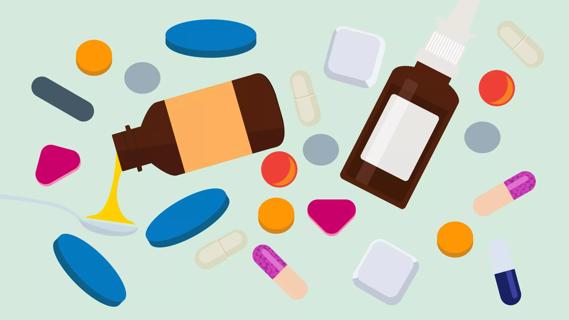
Some types of expired meds may not be harmful, but they probably aren’t worth the risk
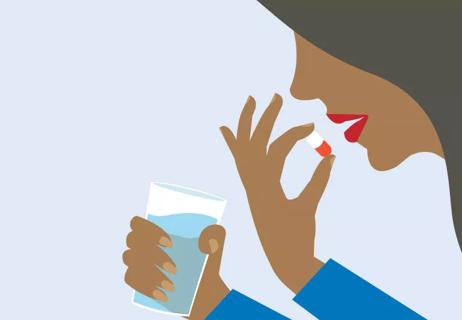
Here’s a healthy dose of truth about taking your meds

Your coronavirus blood clot questions, answered
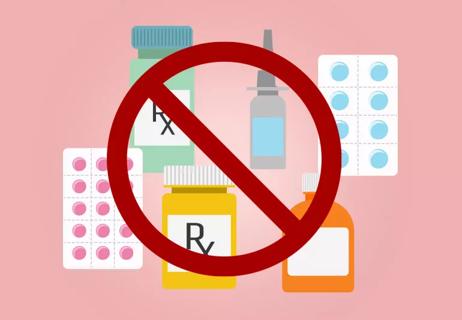
Major recalls are rare — but you’ll definitely hear about them
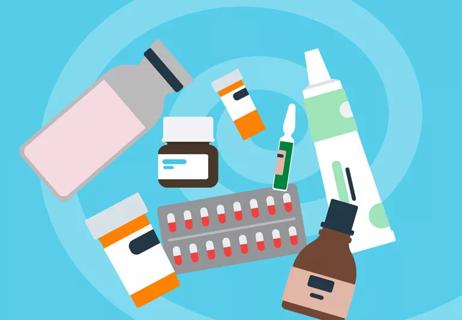
Here's what to do when it's time to clean out your medicine cabinet
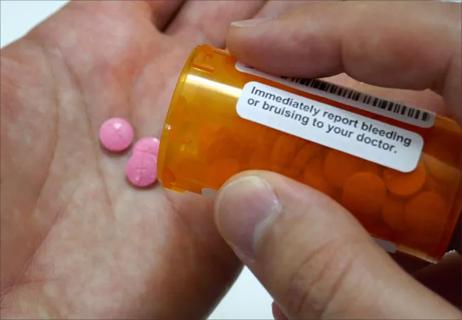
The Short Answer from a cardiologist

Type 2 diabetes isn’t inevitable with these dietary changes

Applying a hot or cold compress can help with pain